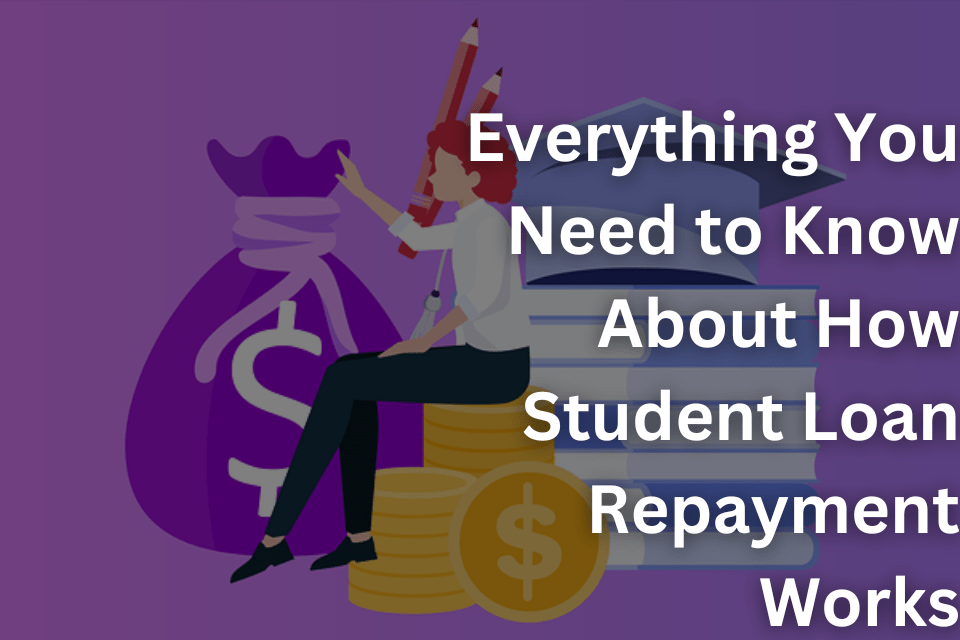If you’re a student loan borrower, understanding how student loan repayment works is crucial to successfully paying off your debt. Unfortunately, the process can be confusing and overwhelming, especially for those just starting out. In this guide, we’ll go over everything you need to know about student loan repayment, from repayment plans and forgiveness options to consolidation and more.
Repayment Plans
There are several repayment plans available to student loan borrowers, each with their own unique terms and conditions. The most common plans include the standard repayment plan, the graduated repayment plan, and the extended repayment plan.
- The standard repayment plan is the default plan for most borrowers and has a repayment term of 10 years. Under this plan, your monthly payments will be the same amount each month, but you’ll pay off your loans faster and pay less in interest over time.
- The graduated repayment plan starts with lower monthly payments that gradually increase over time. This plan may be a good option for borrowers who expect their income to increase over time, but it will result in paying more in interest over the life of the loan.
- The extended repayment plan allows you to extend the repayment term of your loans, resulting in lower monthly payments but more interest paid over time.
Forgiveness, Cancellation, and Discharge
In certain circumstances, you may be able to have your student loan forgiven, cancelled, or discharged. This means you no longer have to repay the loan. Some of the most common options include:
- Public Service Loan Forgiveness (PSLF) is available to borrowers who work in certain public service jobs, such as government or non-profit organizations. After making 120 qualifying payments, the remaining balance on your loan will be forgiven.
- Teacher Loan Forgiveness is available to teachers who work in low-income schools or educational service agencies. Depending on the type of loan and how long you’ve been teaching, you may be eligible for loan forgiveness of up to $17,500.
- Military Service Loan Forgiveness is available to certain military members, including those in the Army, Navy, Air Force, National Guard, and Coast Guard. Depending on your branch of service and the type of loan, you may be eligible for loan forgiveness or discharge.
Consolidation
If you have multiple student loans, consolidation can make repayment more manageable by combining all of your loans into a single loan with one monthly payment. Consolidation can also potentially lower your interest rate and make you eligible for certain repayment plans or forgiveness programs.
Deferment and Forbearance
If you’re having trouble making your student loan payments, you may be able to temporarily postpone them through deferment or forbearance. Deferment allows you to temporarily postpone payments on certain types of loans, such as Direct Subsidized Loans and Perkins Loans, while you’re in school or experiencing other qualifying hardships. Forbearance allows you to temporarily postpone payments or reduce the amount of your payments on certain types of loans, but interest will continue to accrue during this time.
Default and Consequences
Defaulting on your student loans can have serious consequences, including wage garnishment, tax refund offset, and damage to your credit score. Default occurs when you fail to make payments on your loans for 270 days or more. To avoid default, it’s important to stay informed about your loan repayment options and contact your loan servicer if you’re having trouble making your payments.
Conclusion
Paying off student loans can be a long and complex process, but it’s important to understand all of your options in order to make the best decisions for your financial future. From repayment plans and forgiveness options to consolidation and deferment, there are many ways to make the repayment process more manageable. It’s also important to stay informed about your loan status and contact your loan servicer if you’re having trouble making payments to avoid default. Remember to take advantage of any resources available to you, such as financial aid office or financial advisor, to help you navigate the student loan repayment process.

